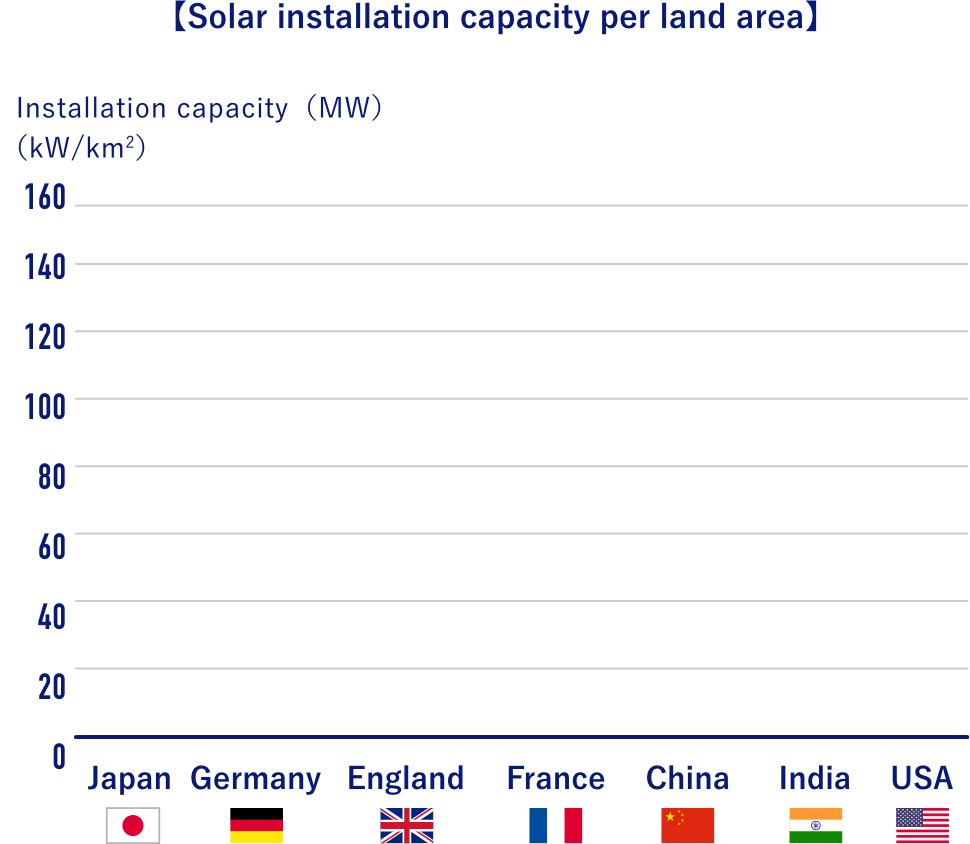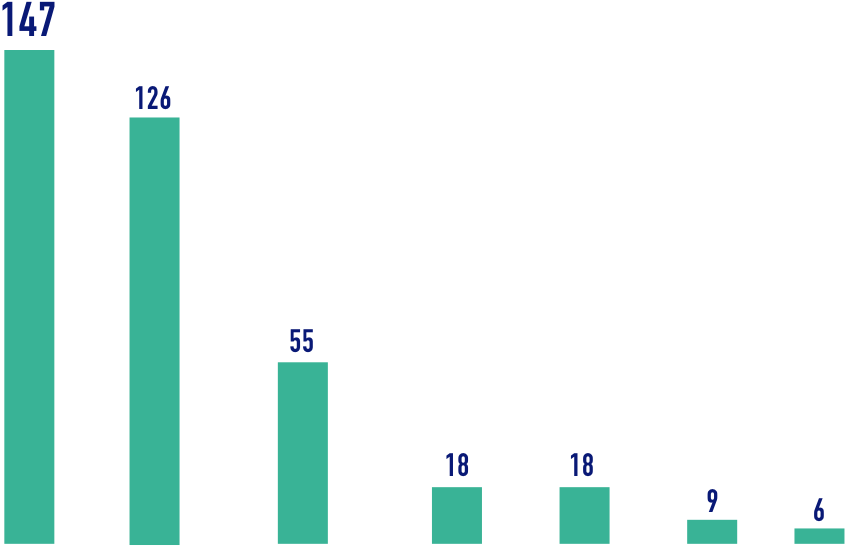Current Status and Challenges of Solar Power Generation
About Japan's Energy Situation

Japan's renewable energy ratio is only 20.2%
Regarding Japan's energy situation, the ratio of renewable energy sources (solar, biomass, hydropower, wind, geothermal) is 20.2%. Japan heavily relies on fossil fuels imported from overseas such as oil, coal, and liquefied natural gas (LNG). However, depending on foreign energy comes with various challenges. The most significant challenge is ensuring a stable energy supply. If international situations become problematic, Japan could be significantly impacted in terms of energy security.
Source: Prepared from the Comprehensive Energy Statistics Data of the Natural Energy Agency of the Ministry of Economy, Trade, and Industry for the fiscal year 2021.
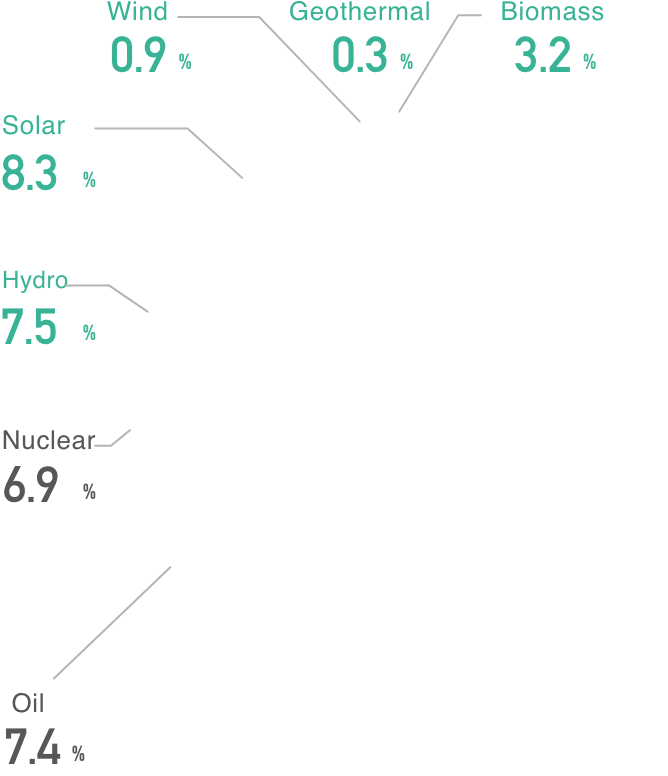
Current Status and Challenges of Solar Power Generation
CO2 Emissions by
Power Source

Thermal power generation accounts for the majority of CO2 emissions
The majority of CO2 emissions in the electricity sector come from thermal power plants. Referring to the power source composition graph on the previous page, thermal power generation has a supply capacity that makes up over 70% of Japan's total power structure. To achieve carbon neutrality by 2050, it is essential to reduce CO2 emissions from thermal power plants. On the other hand, renewable energies such as solar and wind power characteristically do not emit CO2 during power generation.
* CO2 emission calculation takes into account all the energy consumed, from mining of raw materials to the construction of power facilities, fuel transportation, refining, operation, maintenance, etc., in addition to combustion of power generation fuel.
* For nuclear energy, the calculated result includes planned domestic reprocessing of used fuel, pluthermal use (assuming one-time recycling), disposal of high-level radioactive waste, and decommissioning of power plants, averaging BWR (19gCO2/kWh) and PWR (20gCO2/kWh) results based on facility capacity.
Source: Prepared from the "Annual Report on Energy for Fiscal Year 2020" by the Agency for Natural Resources and Energy of the Ministry of Economy, Trade, and Industry (Energy White Paper 2021).
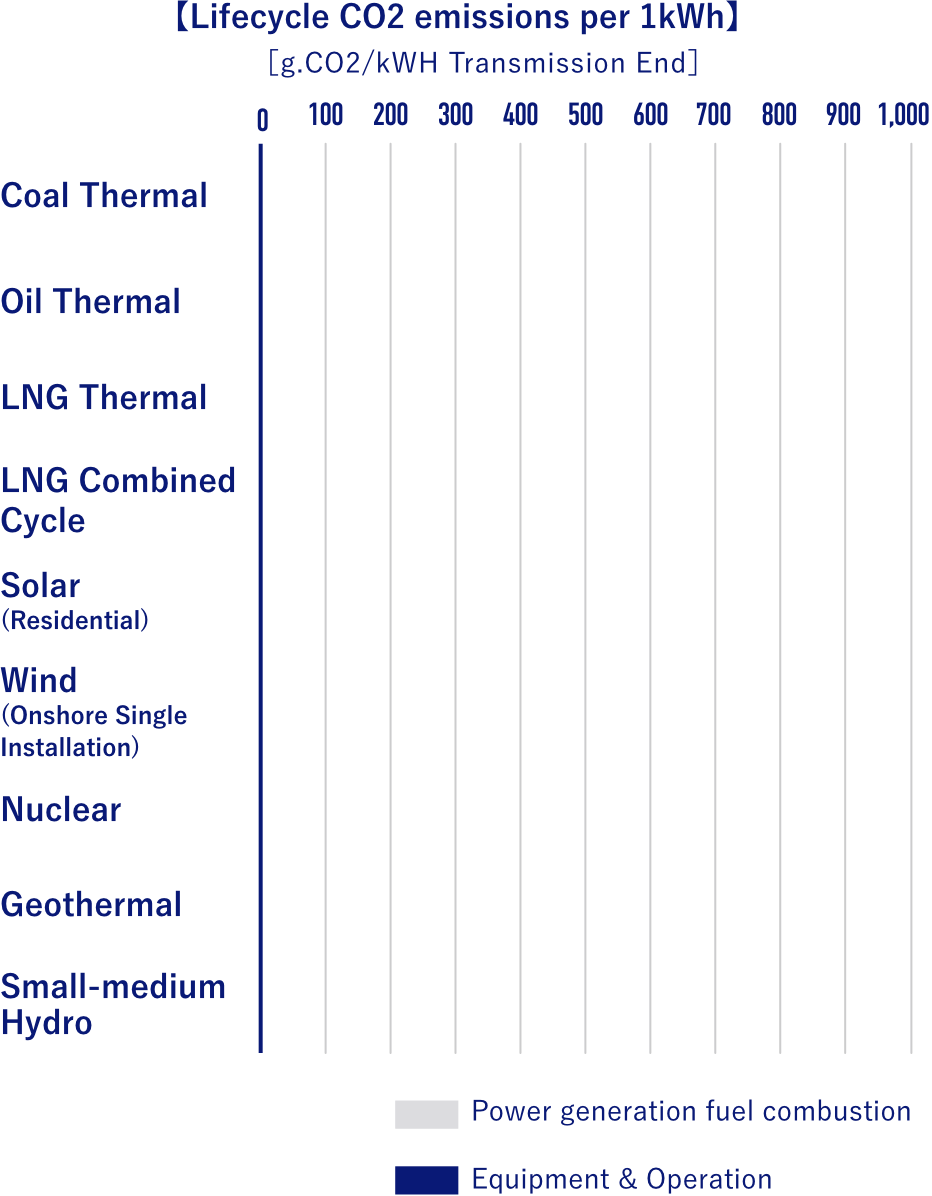
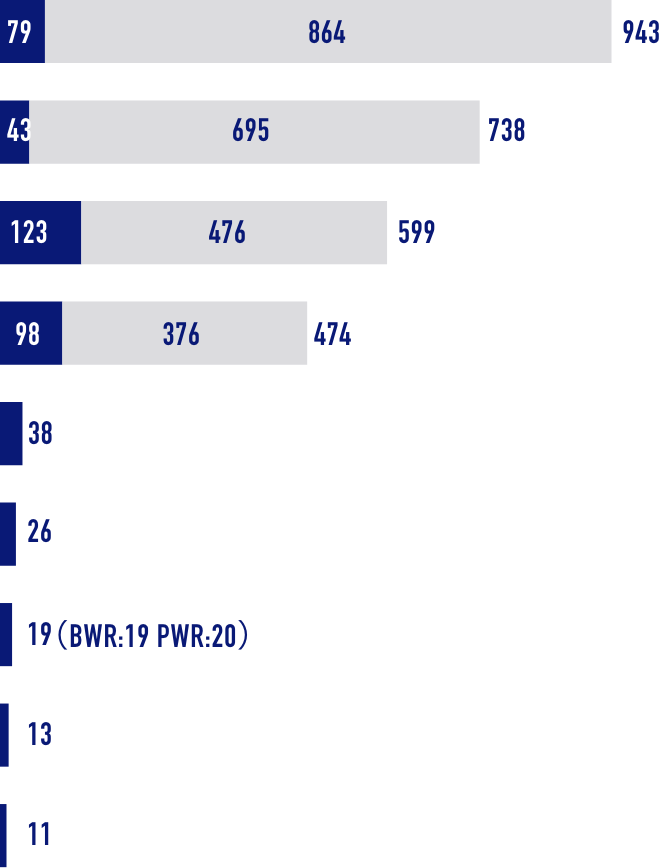
Current Status and Challenges of Solar Power Generation
Solar Power Generation: The Driving Force of Renewable Energy

Solar power generation capacity is increasing steadily every year
Looking at the transition of the proportion of renewable energy in Japan's total power generation capacity, the share of renewable energy, which was about 15% in 2016, has increased by more than 1 point every year until 2021, reaching over 20% in 2021. Within this, biomass and solar cells are growing every year, with solar power generation accounting for 8.3% in 2021. Now, solar power is the leading force of renewable energy and is expanding steadily.
Source: Prepared from the Comprehensive Energy Statistics Data of the Natural Energy Agency of the Ministry of Economy, Trade, and Industry for the fiscal year 2021.
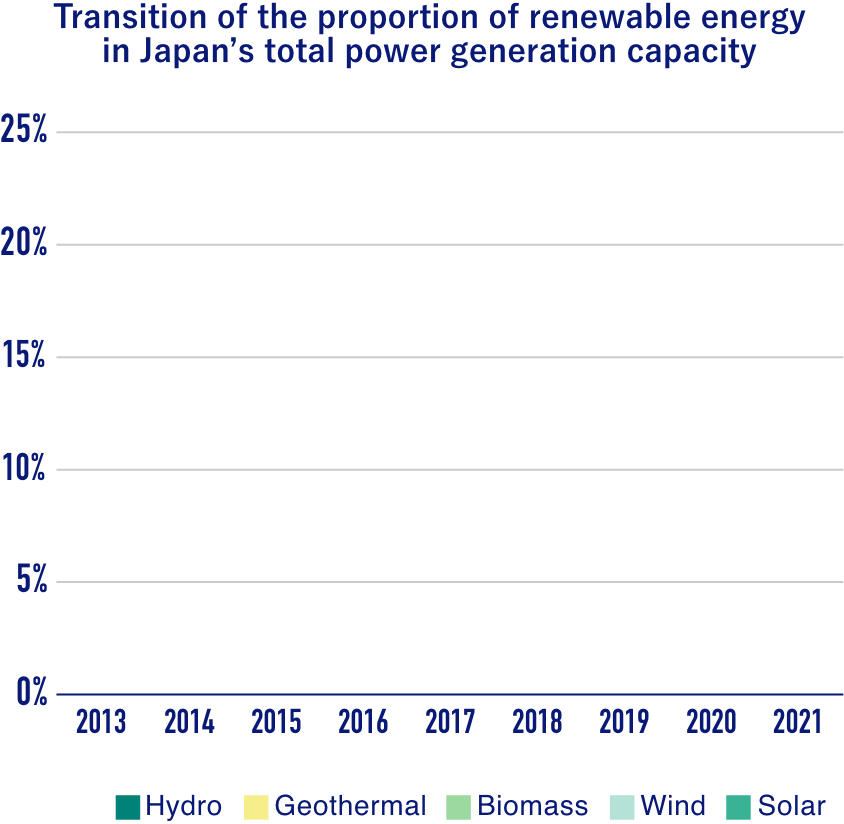
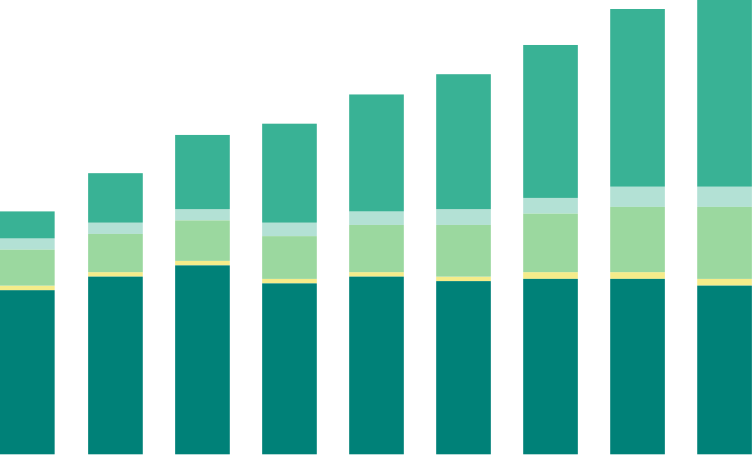
Current Status and Challenges of Solar Power Generation
Japan's Limited Land Brings Installation Challenges.

Expectations are high for the next-generation solar cells to overcome location constraints.
Globally, the cumulative installation of solar power systems is 767GW. The leading countries are China and the U.S., with Japan ranking third in the world in terms of cumulative installation. Japan already has the highest installation per land area among major countries. However, there is a shortage of suitable locations for affordable solar power projects that coexist harmoniously with local communities.
Source: Created from the "Annual Report on Energy for Fiscal Year 2022" by the Agency for Natural Resources and Energy of the Ministry of Economy, Trade, and Industry (Energy White Paper 2022).
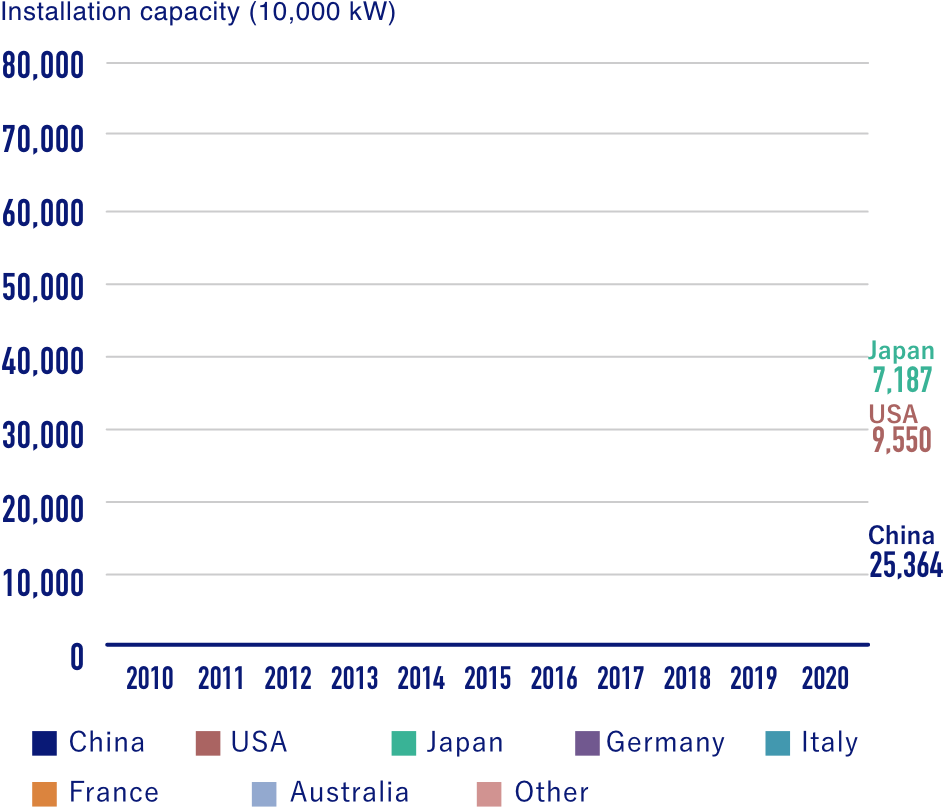
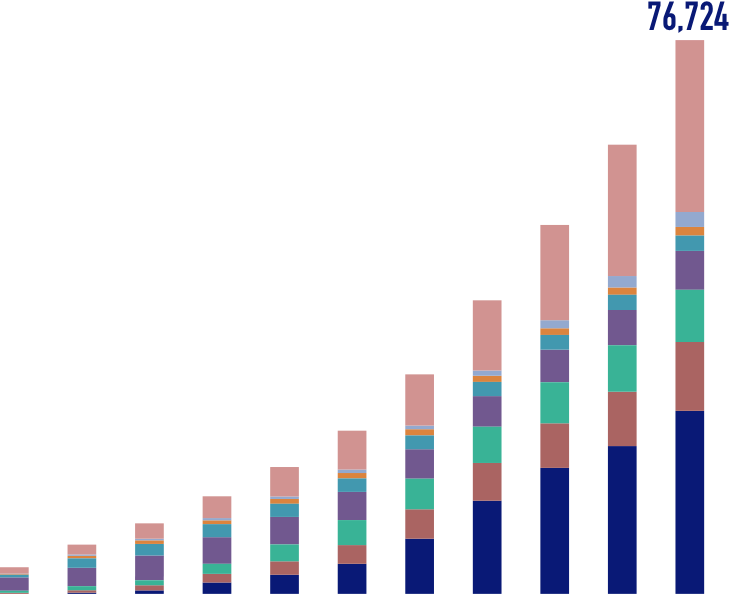
To realize carbon neutrality by 2050, overcoming location constraints is key to expanding solar power installation. Development of next-generation solar cells comparable to existing batteries is anticipated to advance installations in areas previously deemed unsuitable with current technology.
Source: Created from the Natural Energy Agency of the Ministry of Economy, Trade, and Industry's report on "Future Renewable Energy Policy (November of the third year of Reiwa)".
